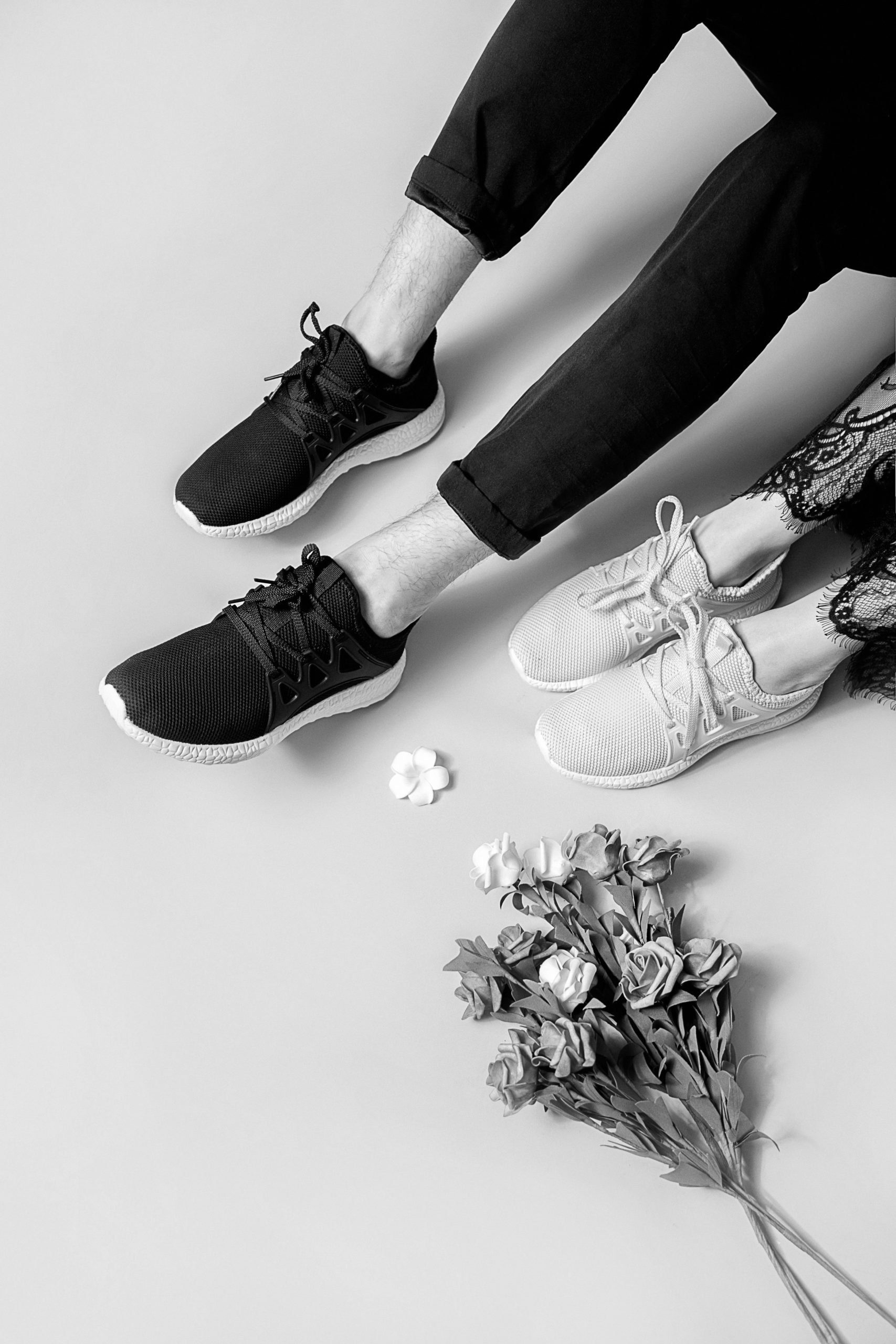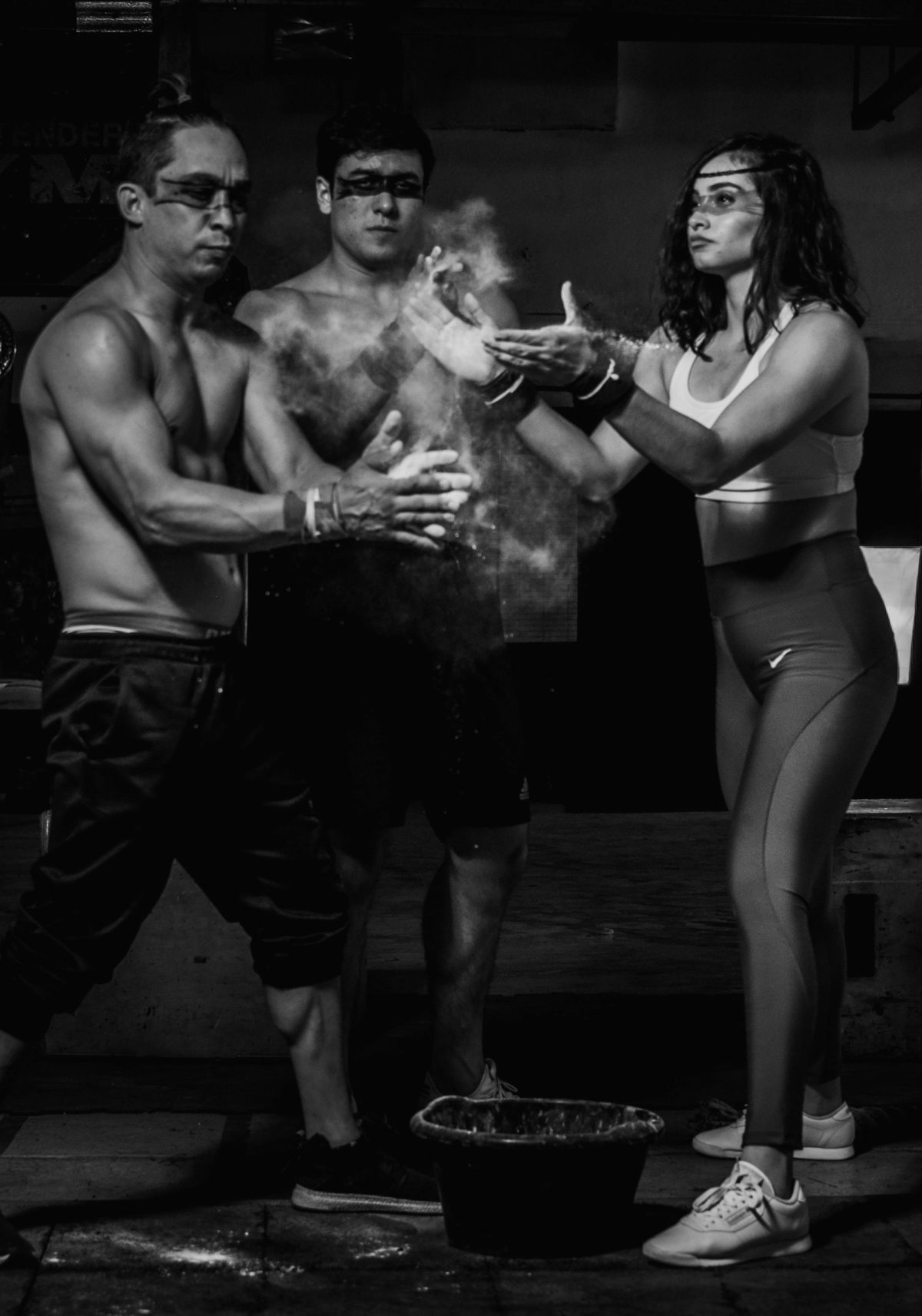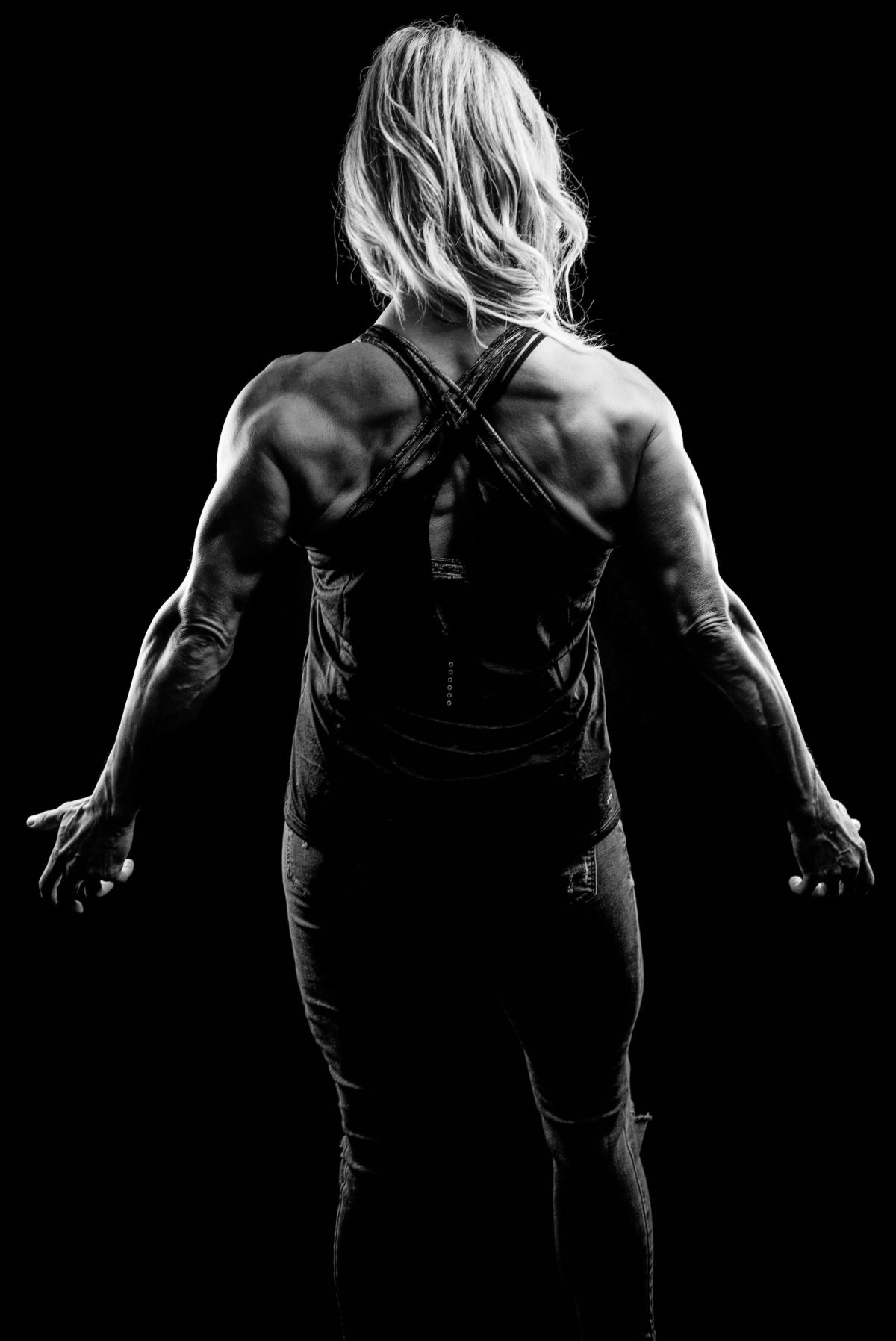So, you’ve just signed up for CrossFit, and when you were at the box you noticed a lot of people wearing a certain style or brand of shoe that looked nothing like the shoes you had on. And you start thinking: what are the best shoes to wear for CrossFit? Do I need special shoes?The short answer is a big fat no. You don’t NEED CrossFit shoes, sometimes labeled as training shoes.
But they will definitely help you. First, some history.
In the beginning
Believe it or not when CrossFit started, there was no specific CrossFit equipment, let alone shoes. Everyone simply wore what they had. Regular athletic/running shoes, barefoot shoes, and Converse were all popular choices. They each had things they did well, and they each had their own Achilles heel (hahahaha).
However, this all changed when CrossFit and Reebok entered into a partnership in 2010. The partnership basically made it so that Reebok was the only licensed company to use the CrossFit brand on their apparel and shoes.
In 2011 the very first CrossFit shoe came out (Nano), it was designed to be similar to a CrossFit athlete: generally good at everything. This was huge. You could do box jumps and double-unders in them, then use them for weightlifting, and to finish, take off on a mile run. All that, and without having to change shoes or having to sacrifice comfort.
By today’s standards that doesn’t sound like much, but for a while most “athletic shoes” were sport specific. Or, they were focused on looking athletic, but couldn’t actually handle simple fitness requirements.
10 Years Later
The sport of fitness, and popularity of a truly functional shoe has grown over the last 10 years. Other companies have decided to cash in on this popularity and have designed “fitness” or “training” shoes. Some are just as popular if not more so than the Reebok designed Nano.
The partnership of Reebok and CrossFit is in its last year, and it will be interesting to see how both companies handle this break up.
Okay cool, but what are the best shoes to wear for CrossFit?
If you are just starting CrossFit, then you don’t need to go out and buy new shoes, just wear what you have. Most people have a pair of athletic shoes lying around. They will work just fine while you are learning the basics.
Special shoes to wear for CrossFit can be expensive, so you might get lucky and meet someone at your new box who has bought a slightly used pair, didn’t like them and now wants to sell them. You might be able to pick up a newer pair for cheap.
It’s also good to talk to coaches and members to see what they recommend for footwear. Trust me, CrossFit people LOVE shoes and you will make their day asking for their thoughts and advice. If anything, you’ll have to make an excuse just to get away from them talking.
Shoes: some good, some bad, some ugly
There are plenty of people who have done comparisons and reviews for each and every CrossFit style shoe out there. With research, you can find more than you ever knew was possible on this topic.
But if you don’t want to spend the time using Google, hopefully this will make it easier. This is not by any means all the ‘fitness’ shoes out there but it does cover the most popular.
Reebok Nano:
Good
These are the originals. They’ve been in the game the longest, and in my opinion it shows. I think they are the most comfortable. Reebok has refined the shoe well, and they continue to make overall improvements.
Bad
They are known for having some bad generations. There is a reason Reebok has the best CrossFit shoe, and that is because they have made some major mistakes in the past. But, for the most part, I think that ended with the 7th generation.
Ugly
I think all Nanos are pretty slick looking. The design of the 8s are my personal favorites. The newest generation, the X’s, have a pretty cool look.
Nike Metcon:
Good
When these came out they were an instant hit and have grown in typical Nike fashion. I had a few pairs and one thing I loved was the hardened heel for handstand push ups. They also brought a new design to the game and made it to where there was variety inside CrossFit boxes.
Bad
The few pairs I had had a major issue; with every step they would squeak and squawk. It sounded like you were walking on a freshly waxed linoleum floor being followed by a gaggle of geese. Plus, the sides of the soles would always crack.
Ugly
Design peaked years ago. The newest ones look bulky and heavy. I have a wide foot and the toe box on Metcons have just never felt right.
Nobull Trainer:
Good
If your focus is on lifting, these will probably be good for you. The firm flat sole is nice and the snug fit ensures your foot won’t move too much. Nobull probably has the most color options of any fitness shoe. They seem to make a new color scheme for their shoe’s every week.
Bad
Okay, here we go…I don’t like Nobull. They are expensive for what they are and rarely (if ever) put their shoes on sale. They have had the same basic shoe since 2017 and just throw new colors on it without actually making any improvements.
They started with this whole ‘David taking on Goliath’ mantra which was cool, but that quickly faded when they sponsored some of the biggest names in CrossFit. Personal opinion aside, I had one pair, and they didn’t last 6 months before the sole came apart.
Ugly
Despite my dislike for certain aspects of the company, I actually love the look of the shoe and all the colors. They make awesome colors, the design is simple and you can get as subtle or as wild as you like with all the themes they offer.
If you do find something you like, you better get it quick! They are notorious for selling out of sizes/styles and then not restocking for a long time, or only offering one run of something on a certain day of the year (Black Friday, New Years, etc.)
Wow David, your knowledge and insight of CrossFit shoes is SO impressive!
Thank you. Hopefully this helps you on your journey to picking shoes to wear for CrossFit. Be warned: it is unlikely you will only have one pair. Everyone knows a good CrossFitter will have lots of CrossFit shoes.




